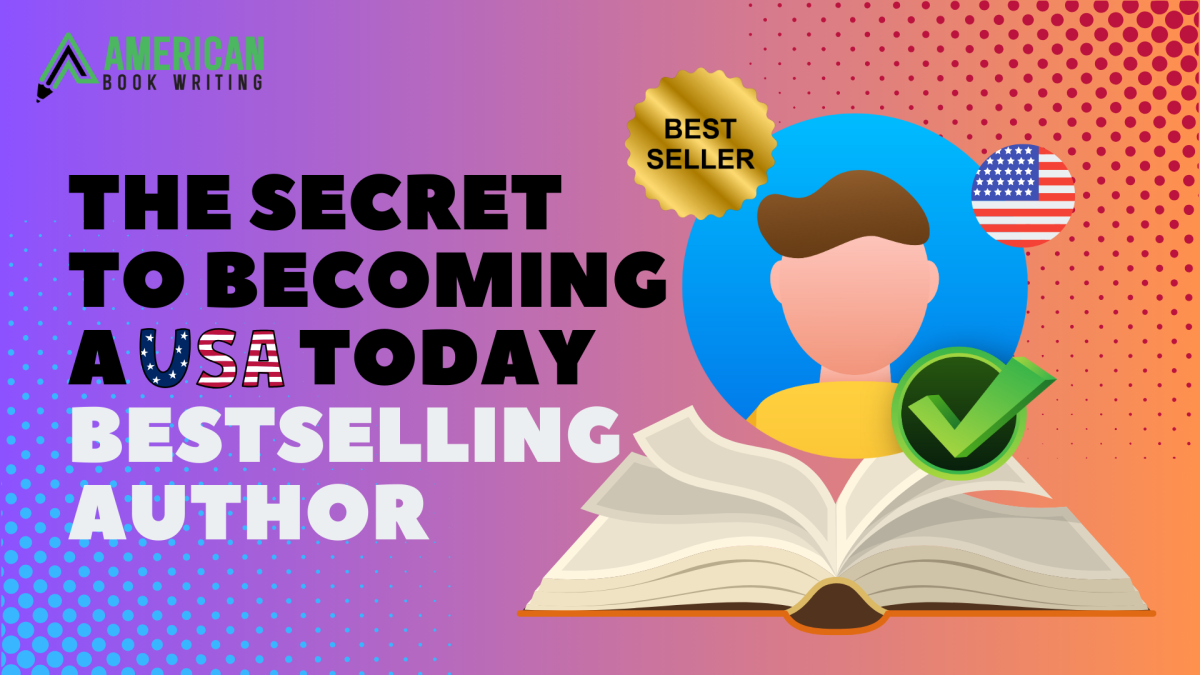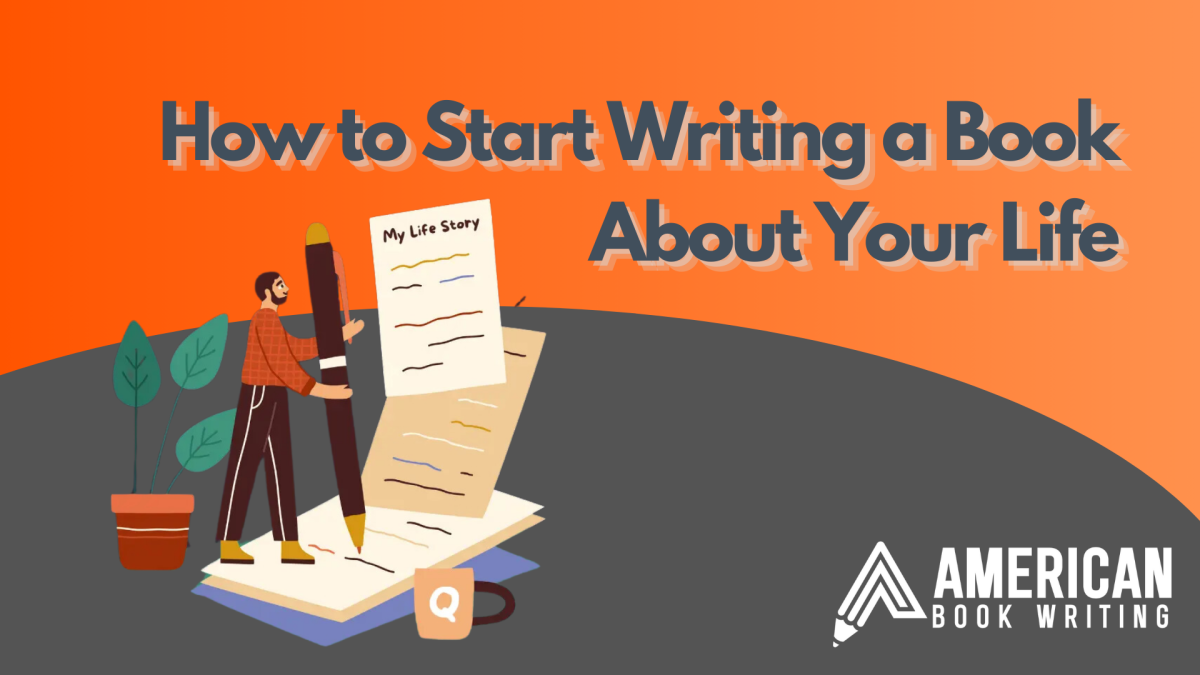Self-Publish
Press The Play Button On The Audio To Listen Complete Article!
Self-publishing has empowered authors to bring their literary creations to the world without the need for traditional publishing houses.
The journey doesn’t end with hitting the “publish” button. To ensure your self-published book reaches its full potential, consider exploring how to publish a self-published book in 10 easy steps. A robust strategy to market a self-published book is essential.
Marketing a self-published book effectively requires a strategic approach encompassing many actions.
However, the journey from writer to successful author requires more than just a compelling manuscript; it demands a strategic marketing approach.
12 Key Steps to Market a Self-Published Book
These 12 key steps serve as a roadmap for authors for marketing a self-published book. From crafting an outstanding book to building a robust online presence, engaging with readers, and utilizing various marketing channels, each step plays a vital role in ensuring your literary creation reaches its intended audience and thrives in the competitive world of literature.
By following these steps diligently, you can increase your book’s visibility and establish yourself as a successful self-published author in 2023 and beyond.
1- Start with a Stellar Idea
Imagine your self-published book as a building and marketing as the scaffolding surrounding it, drawing people’s attention. The stronger and more appealing the building is, the more effective the scaffolding becomes. In the world of self-publishing, your book is the foundation upon which your entire marketing strategy rests.
Here’s why book marketing and publicity is so crucial:
- First Impressions Matter:
Just as you wouldn’t invite guests into a house still under construction, you shouldn’t present readers with an unfinished or poorly crafted book. Your book is the first impression you make on readers, and understanding what is the main action a writer takes when proofreading can enhance this impression. If it’s riddled with errors, lacks coherence, or has a subpar cover design, you risk turning potential readers away before they even delve into the first page.
- Professionalism Builds Credibility:
Investing in professional editing, cover design, and formatting conveys a sense of professionalism, akin to the services offered in how to become a book cover designer and commitment to your craft. It tells readers you respect their time and investment and have taken every step to deliver a high-quality product. This credibility can translate into trust, and trust is a powerful motivator for readers.
- Word of Mouth and Reviews:
In the digital age, readers quickly share their experiences. If your book is well-crafted, readers are more likely to recommend it to others and leave positive reviews. These organic endorsements can significantly boost your book’s visibility and reputation.
- Lower Risk of Negative Feedback:
A poor strategy for self-publish book marketing can attract negative reviews and criticism. Once posted online, these reviews can deter potential readers from even considering your book. Investing in quality control measures helps minimize the risk of such negative feedback.
2- Identify Your Target Audience:
This process isn’t merely about casting a wide net and hoping to catch some interested readers; it’s about precision, personalization, and forging a deep connection with the individuals most likely to fall in love with your book.
This one is supreme among the vast options to market a self-published book. It’s not about reaching everyone; it’s about reaching the right ones. Understanding your target audience allows you to channel your efforts where they matter most, maximizing the impact of your marketing efforts with book publishers near me.
- Demographics: The Who
Start by defining the demographic characteristics of your ideal reader. Consider factors such as age, gender, location, and socioeconomic background. These details provide a foundational understanding of who your book is likely to resonate with.
- Interests: The What
Explore the interests and hobbies of your target audience. What are they passionate about? What topics or themes align with their interests? This insight helps you position your book as a compelling choice within their preferred genres.
3- Build a Strong Online Presence:
Establish an author website and a presence on social media platforms, as detailed in how to build a powerful author brand in 2023. Engage with your audience regularly, sharing insights about your writing process and personal anecdotes. Authenticity fosters reader loyalty.
- In the digital age of self-publishing book marketing, building a robust online presence is not just an option—it’s an imperative. Your online presence serves as the bridge that connects you, the author, with your readers, cultivating a thriving community that extends far beyond the pages of your book.
- Social media platforms act as megaphones, amplifying your voice and message to a global audience. By leveraging these platforms, you can reach readers, engage with them directly, and spark conversations around your books and literary passions
- Your author website is your digital home base, exclusively dedicated to your literary world. It’s where readers can learn more about you, explore your works, and stay updated on your latest releases and events. It’s a place where your online identity begins to take shape
4- Leverage Email Marketing:
Building and nurturing an email list is a fundamental strategy that can greatly benefit your writing career of self-publishing. To establish a strong online presence, promote a book on social media, and connect with your audience effectively, consider the following steps to maximize the potential of email marketing:
- Begin Early and Strategically:
Don’t wait to start building your email list. Begin collecting email addresses from your readers and followers as soon as you embark on your writing journey. Create opt-in forms on your website, social media platforms, and at speaking events to capture the contact information of interested individuals.
- Segment Your Subscribers:
As your list grows, segment your subscribers based on their preferences and interests. This segmentation lets you send targeted content that resonates with specific groups, enhancing engagement and conversion rates.
- Engage Through Newsletters:
Send regular newsletters to your subscribers to market a self-published book and keep them engaged and informed. Craft well-written, visually appealing emails that provide value. Share updates on your latest projects, behind-the-scenes insights, and upcoming releases. Ensure your newsletters are not just promotional but also valuable content, such as writing tips, book recommendations, or personal anecdotes.
- Offer Exclusive Content:
Provide your email subscribers exclusive content they can’t find elsewhere. This might include sneak peeks of upcoming works, early access to chapters, or bonus stories reserved for your most loyal readers. This exclusivity can incentivize people to join your email list and remain subscribed.
- Promote Special Offers:
Occasionally, surprise your subscribers with special offers and promotions. This could be discounted or free copies of your books, merchandise, or access to online events like webinars or book launches. These offers reward subscribers and encourage them to share your work.
- Personalize Your Emails:
Use the recipient’s name and tailor your messages to their preferences whenever possible. Personalization fosters a stronger connection between you and your subscribers, making them feel valued and appreciated.
5- Craft an Irresistible Book Description:
Your book’s description of retail platforms should be compelling and concise. It’s your chance to hook potential readers with a captivating synopsis and a call to action.
6- Harness the Power of Reviews:
Encourage early readers to leave reviews on platforms like Amazon and Goodreads. Positive reviews boost credibility and visibility, making your book more enticing to potential buyers.
7- Invest in Professional Cover Design:
Your book’s cover is its first impression. Don’t skimp on cover design. Also, estimate the cost to market a book and understand which process requires more investment.
A professionally designed cover can significantly impact sales and visibility.
8- Content Marketing:
Create valuable content related to your book’s theme or genre. Blog posts, articles, and guest posts on relevant websites can establish you as an authority and draw organic traffic.
9- Social Media Advertising:
Consider paid advertising on social media platforms. Targeted ads can reach a broader audience. Experiment with different ad formats to find what works best for your book.
10- Book Launch Events:
Host a virtual or in-person book launch event. Promote it extensively through your online channels. Offer incentives like signed copies or exclusive content to attendees.
11- Collaborate with Influencers:
Identify influencers or any book marketing service in your genre. Reach out to them for reviews or collaborations. Their endorsement can introduce your book to their dedicated followers.
Influencers have established credibility and a dedicated following in a particular niche, and they can significantly impact your reach and credibility within that niche.
Here’s a more in-depth explanation of how to effectively collaborate with influencers in your genre:
- Identify Relevant Influencers:
Conduct thorough research to identify influencers or bloggers interested in children’s book marketing. Look for individuals with a substantial following and engagement on social media, blogs, YouTube, or podcasts.
Ensure your chosen influencers align with your writing style, genre, and target audience. Their interests and content should complement your work.
- Engage and Build Relationships:
Before reaching out for collaboration, genuinely engage with the influencers’ content. Leave thoughtful comments on their blog posts, share their content on social media, and interact with them on their platforms.
Building a connection with influencers before making collaboration requests increases the likelihood of a positive response. It shows that you value their work and are not just seeking a one-sided promotion.
12- Stay Adaptable and Persistent:
Marketing a self-published book is an ongoing process. Stay adaptable to changing trends and algorithms. Be persistent, even if you don’t see immediate results.
Conclusion:
Self-publishing offers incredible opportunities for authors to share their stories with the world. However, the journey doesn’t end with writing; it begins with marketing. By carefully considering your target audience, crafting a compelling book cover and blurb, leveraging social media and email marketing, engaging with book bloggers and influencers, and continuously refining your strategies, you can make your self-published book stand out in a crowded market.




